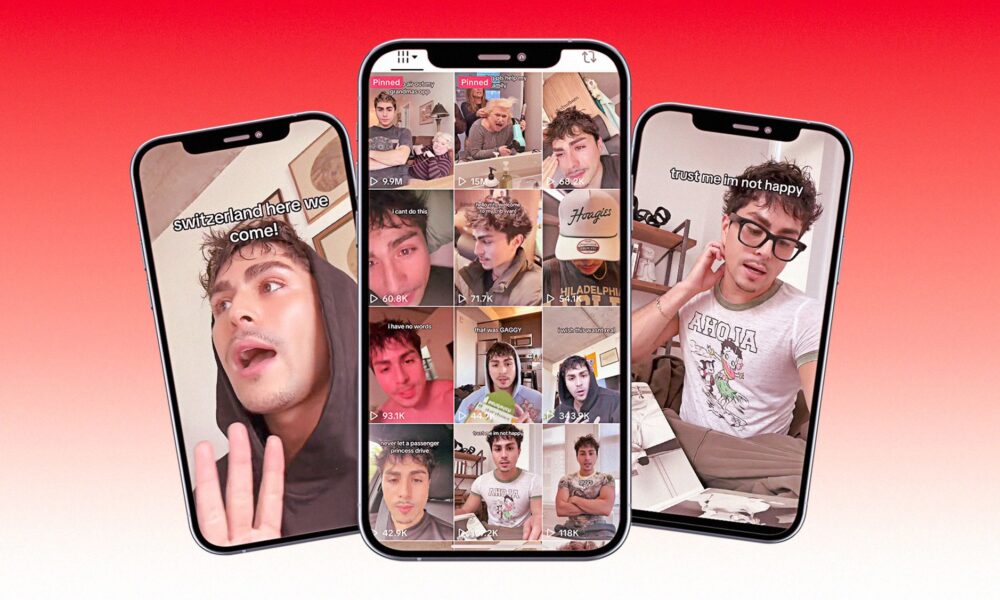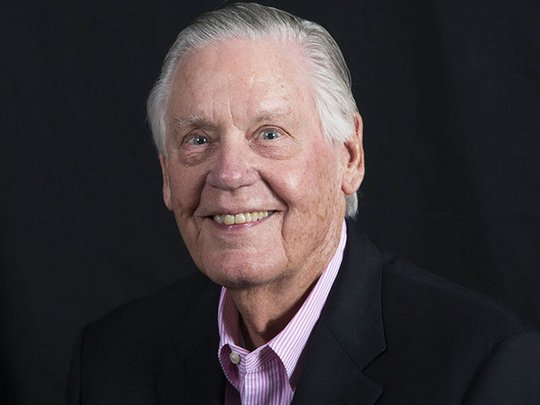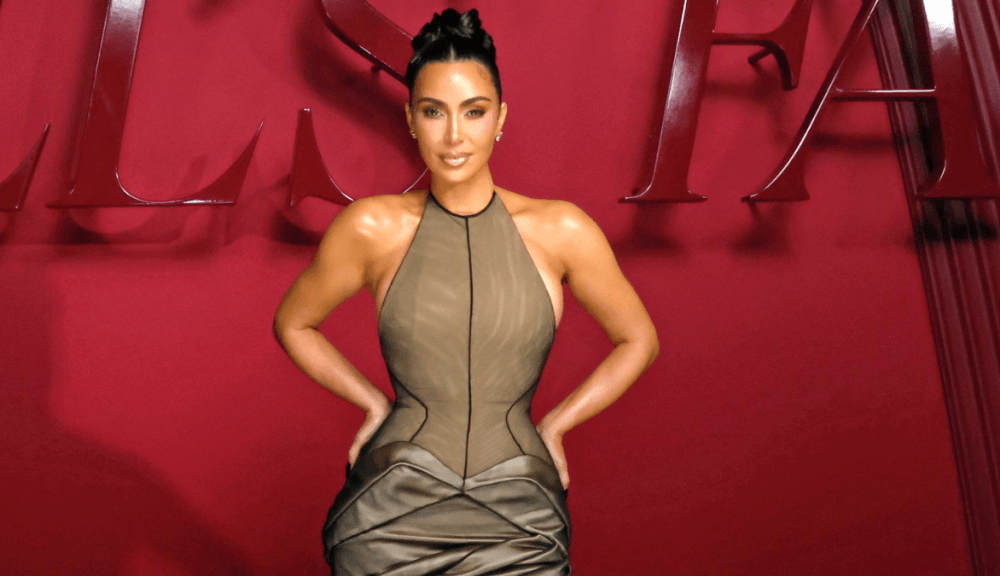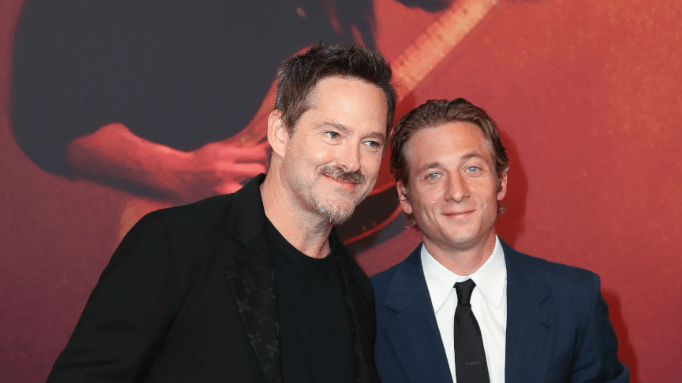Social media creators are shifting away from polished content in favor of raw and authentic expressions in 2025. This trend reflects a growing consumer preference for candid, spontaneous videos that resonate more personally with audiences. Influencers are increasingly moving away from the curated aesthetics that dominated platforms like Instagram in the mid-2010s, opting instead for a more relatable and genuine approach, particularly on platforms such as TikTok.
Authenticity Over Aesthetics
Lindsey Gamble, a marketing consultant specializing in the creator economy, highlights this evolution, stating, “It’s kind of like if we were having a FaceTime or a Zoom call — that’s going to feel a lot more personal than watching someone being interviewed on traditional media.” The emphasis on minimal editing allows creators to produce content rapidly, which aligns with the fast-paced nature of social media. Gamble notes, “The speed that you can create and iterate and actually get results is so fast on social media.”
Influencers like Jake Kind, known as Goobi Gubbi on TikTok, exemplify this trend. His comedic videos featuring his late grandmother have garnered nearly 700,000 followers. Kind emphasizes the importance of authenticity in his content creation, asserting that it should feel “super candid.” He describes his filming style as capturing moments in real-time, rather than overproducing videos. This approach resonates with an audience accustomed to seeing blurry, low-quality cellphone videos that often outperform more polished content.
The Dynamics of Content Creation
While TikTok encourages unfiltered videos, Gamble points out that success can vary across platforms. For example, YouTube has seen a shift towards more professionally produced content. This divergence highlights the necessity for creators to adapt their strategies depending on the platform they are using.
The current landscape demands a high volume of content, with consistency becoming a hallmark of successful strategies. Once considered excessive, posting multiple times a day is now a common practice among creators. Kind aims to share at least one video daily, a strategy that Gamble supports, noting, “The more content you put out… the better you can understand what’s going to actually hit going forward.”
Victoria Paris, another influential figure with 2 million TikTok followers, has taken this idea further by openly sharing her intention to post over ten videos per day to enhance visibility and audience growth. While this “spaghetti-at-the-wall” method can boost engagement, it carries risks. Gamble cautions that creators can become “too accessible” by oversharing personal details or may inadvertently spread misinformation without proper fact-checking.
Kind emphasizes the importance of finding a balance between consistency and restraint. He remarks that creators need to provide enough content to keep their audience engaged without overwhelming them. TikTok’s algorithm, which does not display all posts simultaneously, plays a significant role in this strategy, allowing creators to space out their content effectively.
As social media continues to evolve, the long-term goal for creators remains the same: building a dedicated audience within a specific niche. Gamble emphasizes that “it’s not so much about having the most followers or subscribers; it’s having the right ones.” This targeted approach is crucial for successful monetization and brand partnerships, underscoring the shift towards valuing quality over quantity in the creator economy.
This article reflects the changing dynamics of social media in 2025, where authenticity and relatability are now at the forefront of content creation. As consumers gravitate towards genuine connections, the landscape for influencers continues to transform, paving the way for a new era of creativity that thrives on spontaneity.







